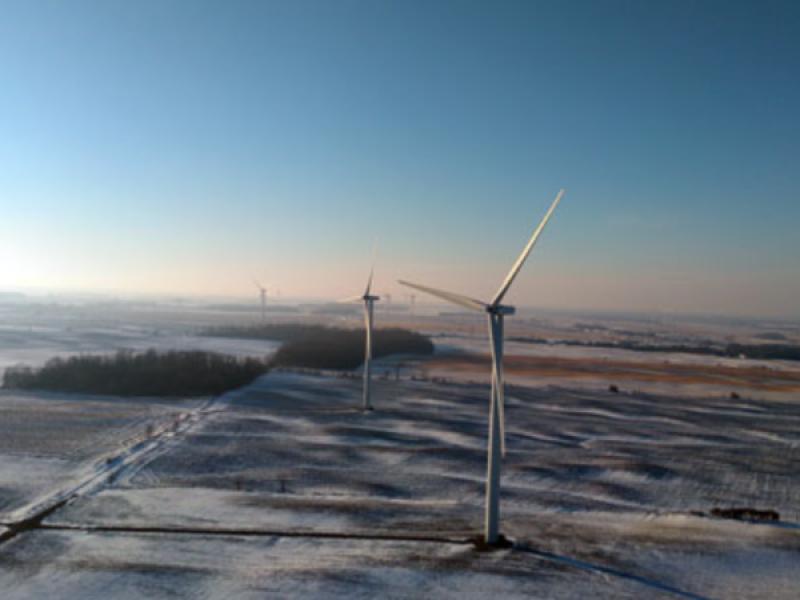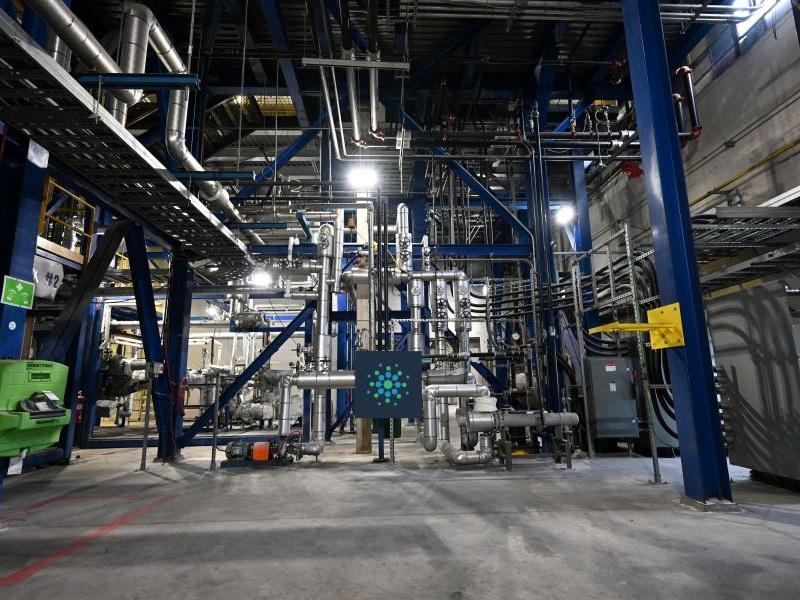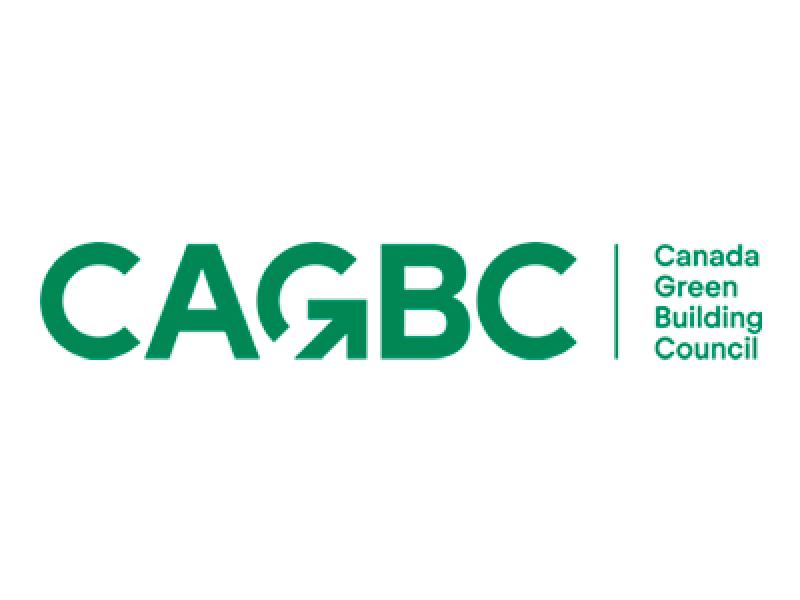
The cover of the Aquanomics report. (Courtesy GHD)
A report from global professional services company GHD forecasts a potential $139 billion loss in Canada’s GDP from 2022 to 2050 due to droughts, floods and storms.
That equates to an average annual GDP loss of 0.2 per cent.
The report, titled, Aquanomics: The economics of water risk and future resilience, is the first time water risk has been quantified at the GDP and sector level.
Flooding alone could cost Canada $40 billion by 2050, with storms and droughts contributing $34 and $14 billion in damages respectively.
“It’s really how we’ve been able to monetize what that direct and indirect impact on our GDP would be,” said Zuliana Mawani, GHD’s business group lead for water and wastewater treatment in the Ontario region.
“Canada’s large land mass combined [with] the low population density contributes to the water having a lesser impact than the other countries that we have looked at. But the impacts are still pretty staggering.”
The Great Lakes region, which is largely in Canada, contains 20 per cent of the world’s freshwater.
Across the seven countries studied, which aside from Canada are Australia, China, the Philippines, the U.A.E., the U.K. and the U.S. — all areas GHD is present in — that potential GDP loss reaches $7.2 trillion.
Water risk could cost global economies an estimated $1.6 trillion between 2022 and 2030.
Aquanomics impact in Canada
Broken down by industries, the impacts would be felt most in manufacturing and distribution at a $64 billion or 0.2 per cent GDP loss. It’s followed by fast-moving consumer goods (FMCG) and retail at $26 billion or 0.3 per cent GDP loss.
“We all see the impacts of climate change on a day-to-day [basis]. Last year, we saw the impact in Vancouver on transportation corridors, cutting off the supply of goods, and you’ve got to really think that’s going to have an impact financially on our economy,” Mawani said.
Banking and insurance could see a $21 billion (0.2 per cent) GDP loss by 2050. Meanwhile, energy and utilities as well as agriculture — the most water-intensive industry — could both fall 0.1 per cent in GDP at $14 and $4 billion respectively.
“But I think what’s going to be surprising is to actually put numbers to what that really means,” she continued. “When we compare that to what investment for protection and resiliency looks like, it really provides context of where we should be focusing on spending our money.”
In a 2019 report, the Canadian government warned the country was warming at twice the mean rate of the rest of the world.
Additionally, the lack of clean drinking water for First Nations communities was considered a grave, ongoing issue across the country.
A Residential and Civil Construction Alliance of Ontario report from June 2021 found the City of Toronto was consistently leaking pipes at a rate of 10 to 15 per cent per day — which translates to about 103 million litres. That amount of water could service 250,000 people daily.
In Toronto, 16 per cent of the more than 6,000 kms of watermains are 80 to 100 years of age and 11 per cent are more than 100 years old.
“That’s a real opportunity to tighten up that system so that down the road, it can better handle extreme events. In Windsor, Hamilton and Toronto, they acknowledge the threats and the issue of flooding, due to the increases in severe weather events,” Mawani said. “So they’ve implemented basement flooding protection programs aimed at reducing risks of flooding, by improving sewer system and overland drainage routes.”
Rates in other Ontario municipalities range anywhere from 10 to 40 per cent.
Global aquanomics
The U.S. led the pack in potential damages at $4.81 trillion and an average annual GDP loss of 0.5 per cent, the report stated. China was close behind with a predicted $1.47 trillion loss at 0.2 per cent of GDP per year. Australia rounded out the top three with a 0.6 per cent GDP loss at $403.5 billion.
Mawani breaks down the actions GHD’s clients can take into three sectors: adapt, optimize and prioritize. These involve improving existing technologies, adapting a circular economy approach and anticipating risks.
“Using smaller and even temporary investments – with 10- and 20-year horizons – will allow for more flexibility,” the report states.
“What we’re looking at a lot for our clients is improving the predictability in, what can we expect. For example . . . we’ve been working with our clients in Vancouver and Calgary to help really redefine rainfall patterns that may be expected in the future,” Mawani explained, “because we recognize now that historical patterns alone are not enough to predict what’s coming.
“So Vancouver is now updating its intensity, duration and frequency curves, to really account for those more extreme rain events that we could expect to see in the future.”
These cities and others can use that data when looking at prioritizing investments, she explained.
Mitigating potential impacts
The only country that fared better than Canada is the U.A.E., which is looking at a $34.9 billion loss by 2050, or a 0.1 per cent annual GDP loss.
“With climate change moving the goalposts so rapidly, it is no longer about spending trillions of dollars on large-scale infrastructure interventions that are fixed for 100 years,” said Rod Naylor, GHD’s global water head, in a statement in the report. “The industry must take a more agile approach, implementing solutions that work overtime to minimize risk.”
Manufacturing is expected to be the hardest hit sector, facing a $5.48 trillion total output loss through to 2050, with energy and resources to be the least affected at a $308.7 billion output loss.
There are no firm plans for a follow-up to the report, though there have been discussions on how to improve it for the future.
“The real driver here is to be able to start a conversation, right? So, start a conversation that looks at climate change from a different perspective,” Mawani said. “It puts a bit of a different spin on things, I think, when you start to monetize them.”










